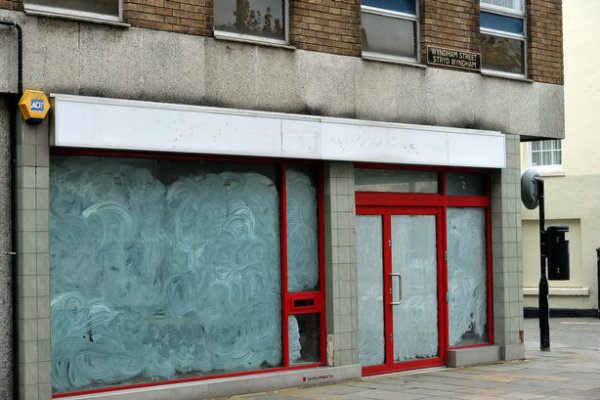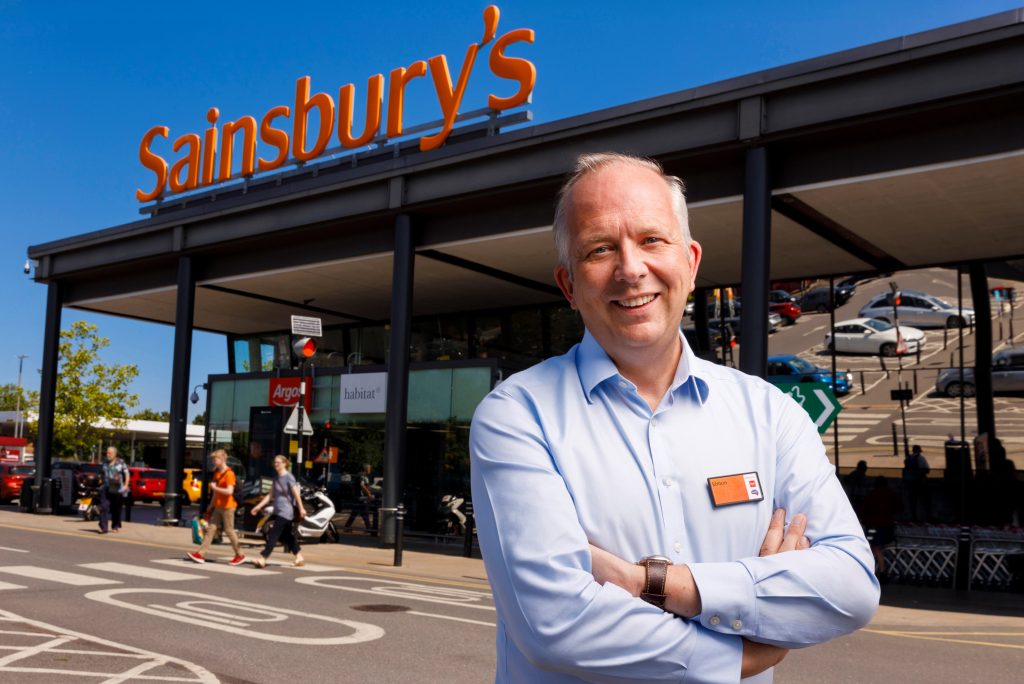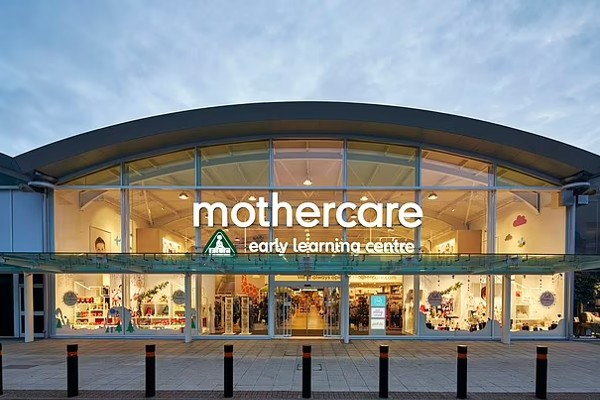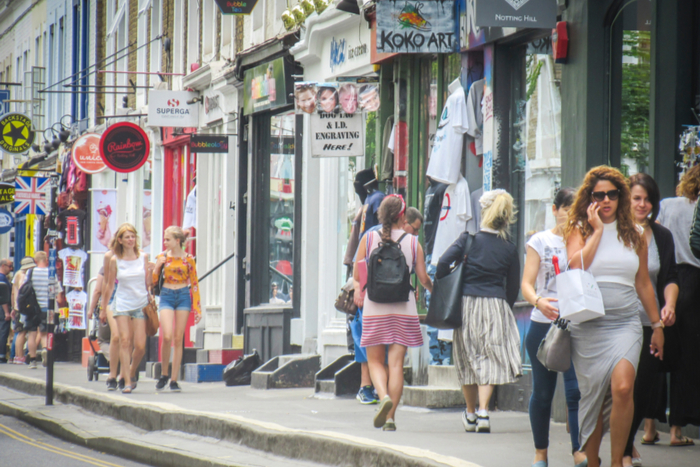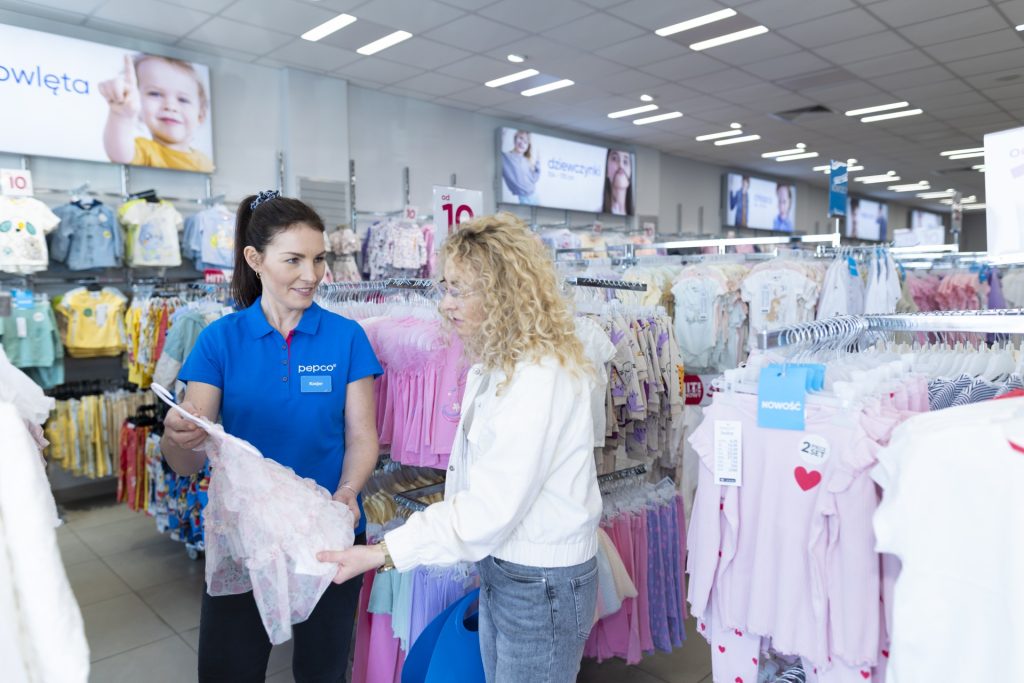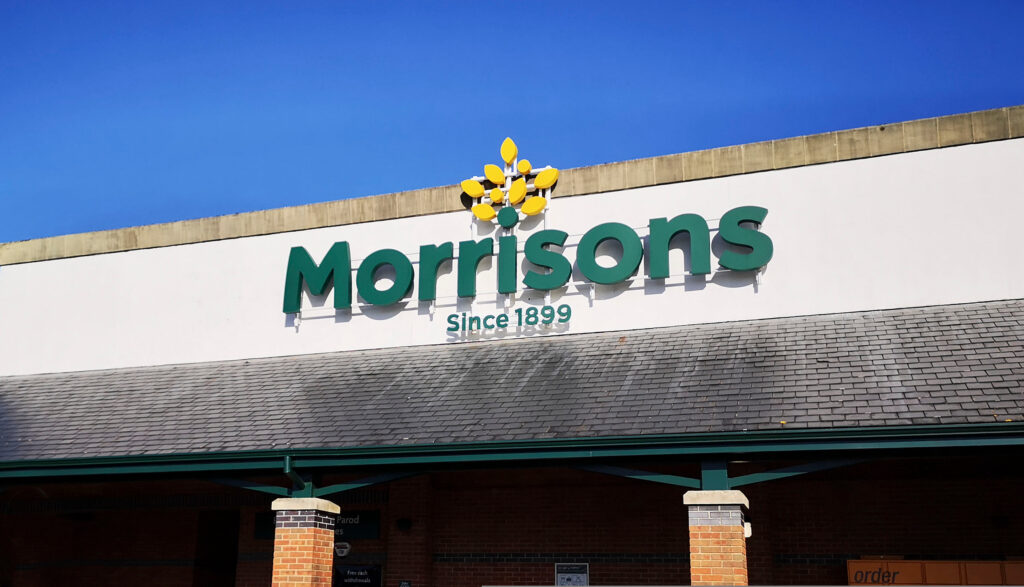The number of vacant, short-term outlets increased by 85% since the last quarter of 2015.
A report from the Local Data Company found that the number of units which have been vacant for less than one year, increased to 2,109 in the first quarter of 2016, from 1,141 in the last quarter of 2015 – a change of 85%.
As a whole Britain‘s shop vacancy level in March 2016 stood at 12.5%, the lowest it has been since January 2010. Shopping centre vacancy stood at 13.2%, down 1.5% compared to March last year, while the rate for retail park vacancies reached 6%, improving across the UK.
In comparison, town centre vacancy rates remained unchanged, now for the third consecutive month, at 10.9%. In Scotland however, the local rate saw an increase of 0.5% compared to the same point last year.
“March‘s data shows an interesting pattern of continuing improvement in the occupation of shopping centres and retail parks but no improvements in high streets,” said Matthew Hopkinson, Director of the LDC. “There are two key areas of note in this data. The first, is that short term vacant units are remaining vacant for longer. This begs the question of whether optimal occupation levels have been achieved in many locations or not. Should the trend continue, the increased polarisation between locations where shops close and open versus those where shops just close, would grow.
The polarisation of places is clearly seen at a regional level. This is the second key area to note. The fact that the number of units which have been vacant for more than three years in Wales, the North West, the North East and the West Midlands is double than that of London and the South West.
Consumer confidence remains fragile and April has seen the arrival of the National Living Wage, which will increase costs significantly for retailers. Only time will tell as to who will have to reduce their number of shops accordingly, by focusing their investment on the healthier locations whilst the weaker locations continue to weaken and lose any shopping attractions that they might currently have.”

